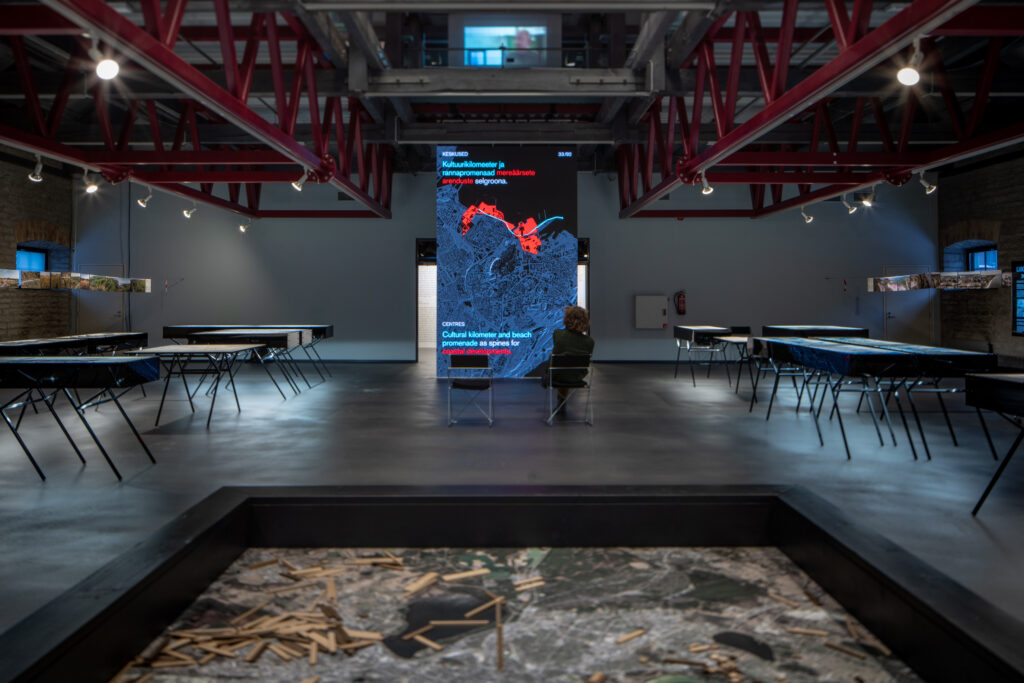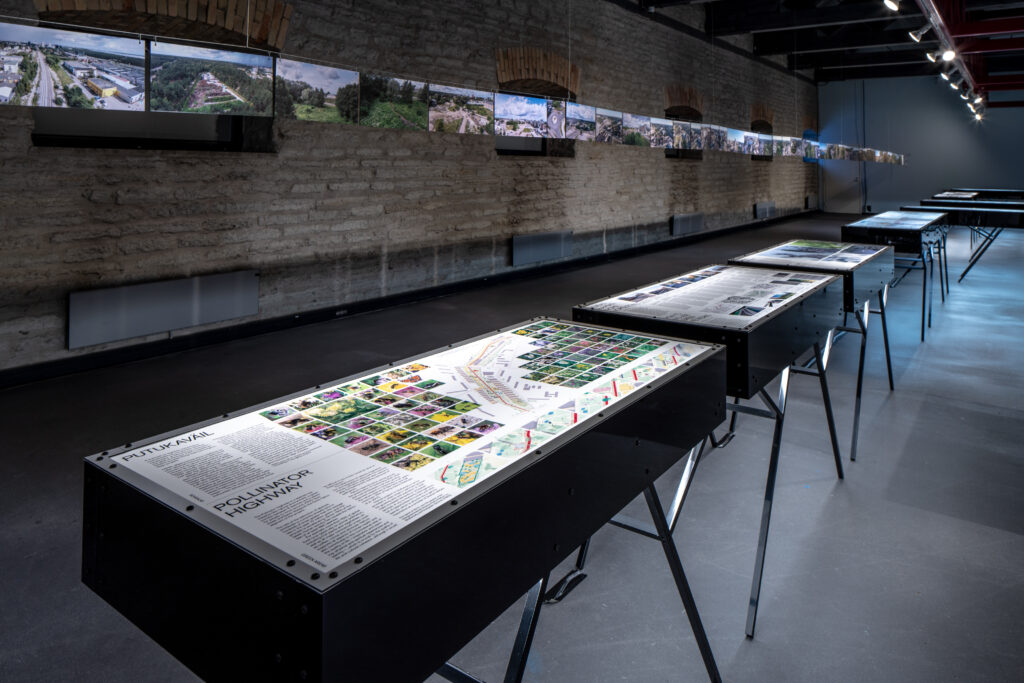Exhibition invites the audience to explore Estonia’s capital from the urban planning point of view. Visitors to the exhibition will get an overview of Tallinn’s urban planning challenges and problems, and hopefully also an answer to the question of how easy or difficult it might be to transform Tallinn into a more sustainable and competitive city, a great place to live today as well as in the future.


“City Unfinished” is the commendable work of predicting the future scenarios of Tallinn – the grandest effort in the recent years to take together the fragmented development of Tallinn in the next decades, to conceptualise and organise it while also suggesting clear future goals. Grasping the big picture allows us to leave room for developmental trends that may become relevant only in a few decades. Also the multiplicity of authors is commendable thus reflecting the contemporary approach to spatial design as a process that must be interdisciplinary, inclusive and co-creative in order to cover the full complexity of the area.
The spatial design team of Tallinn




The exhibition is based on the research project Unfinished City of the Estonian Academy of Arts, which dealt with urban planning visions and spatial scenarios of Tallinn. The exhibition shows what can be ‘planned’ in today’s city, i.e. which opportunities do Tallinn’s green areas offer for shaping tomorrow’s city; the locations of Tallinn’s current and potential future centres. The exhibition also proposes changes to the centre of Tallinn in order to create more tightly woven, walkable urban space. Lasnamäe is put under a special microscope: more than half of Tallinn’s homes are located in prefabricated housing estates similar to Lasnamäe but what kind of development do these areas need to make them competitive in the future? ‘City Unfinished’ concludes with the proposal of a number of urban development and planning ideas for Tallinn 2050 – a vision for the next 30 years.


At the exhibition, the projects of the students of the Faculty of Architecture of the Estonian Academy of Arts engage the works of their supervisors in a dialogue, and initiate and enrich discussions about specific sites and topics in the Tallinn of the future. At the heart of both the exhibition and the research project is the common goal of seeing Tallinn as a sustainable, competitive city, where future generations would want to live.





















































































































































































